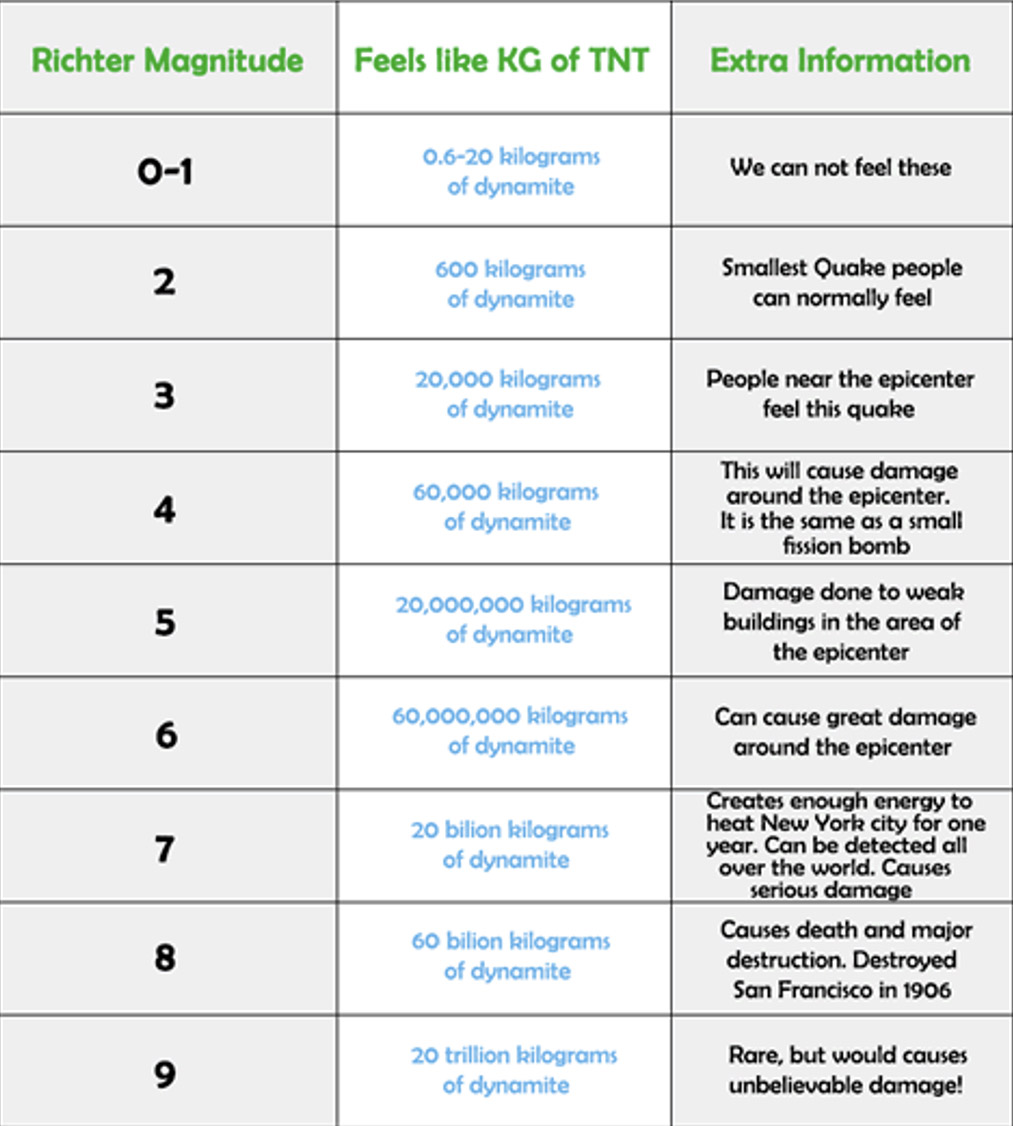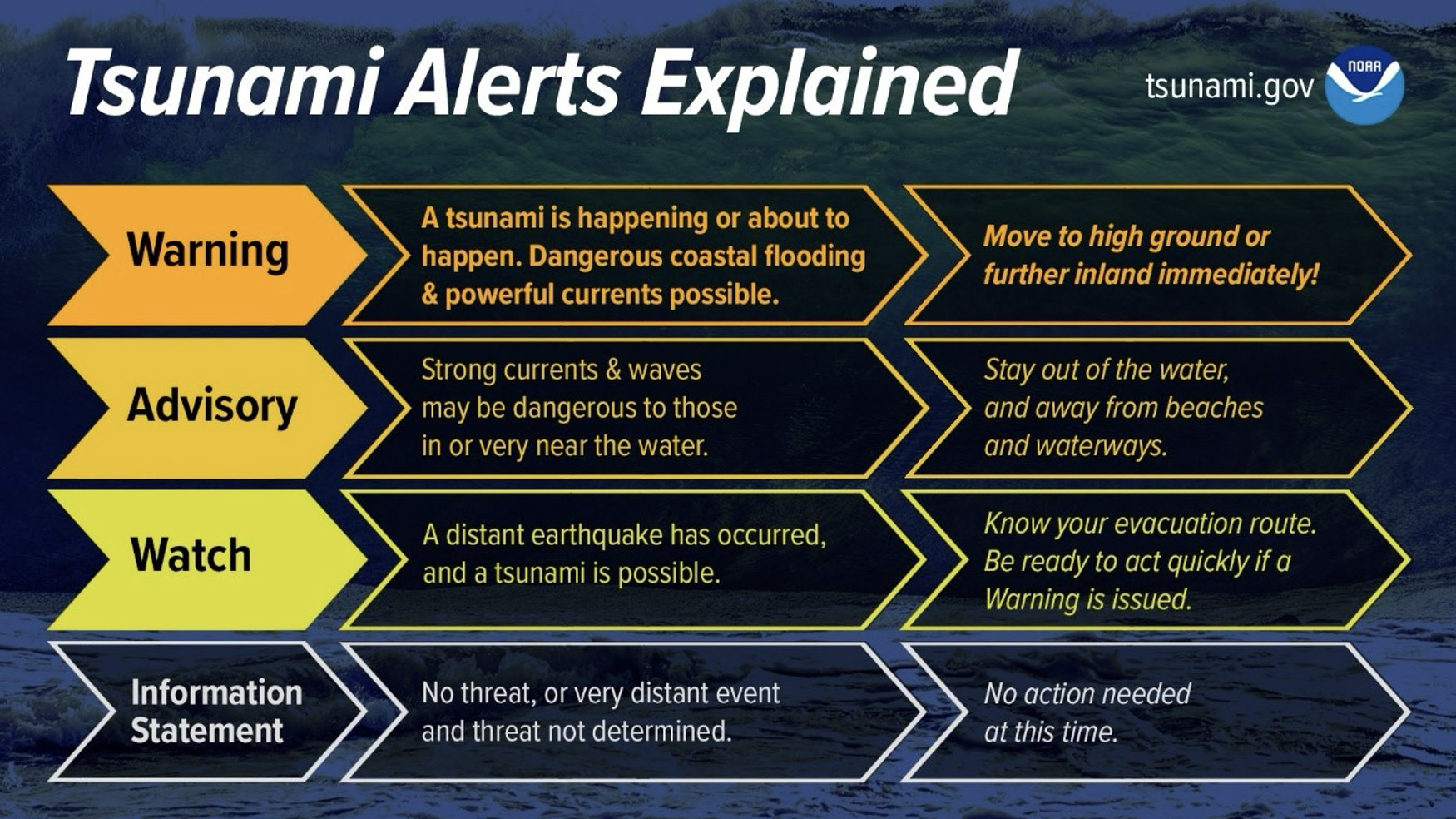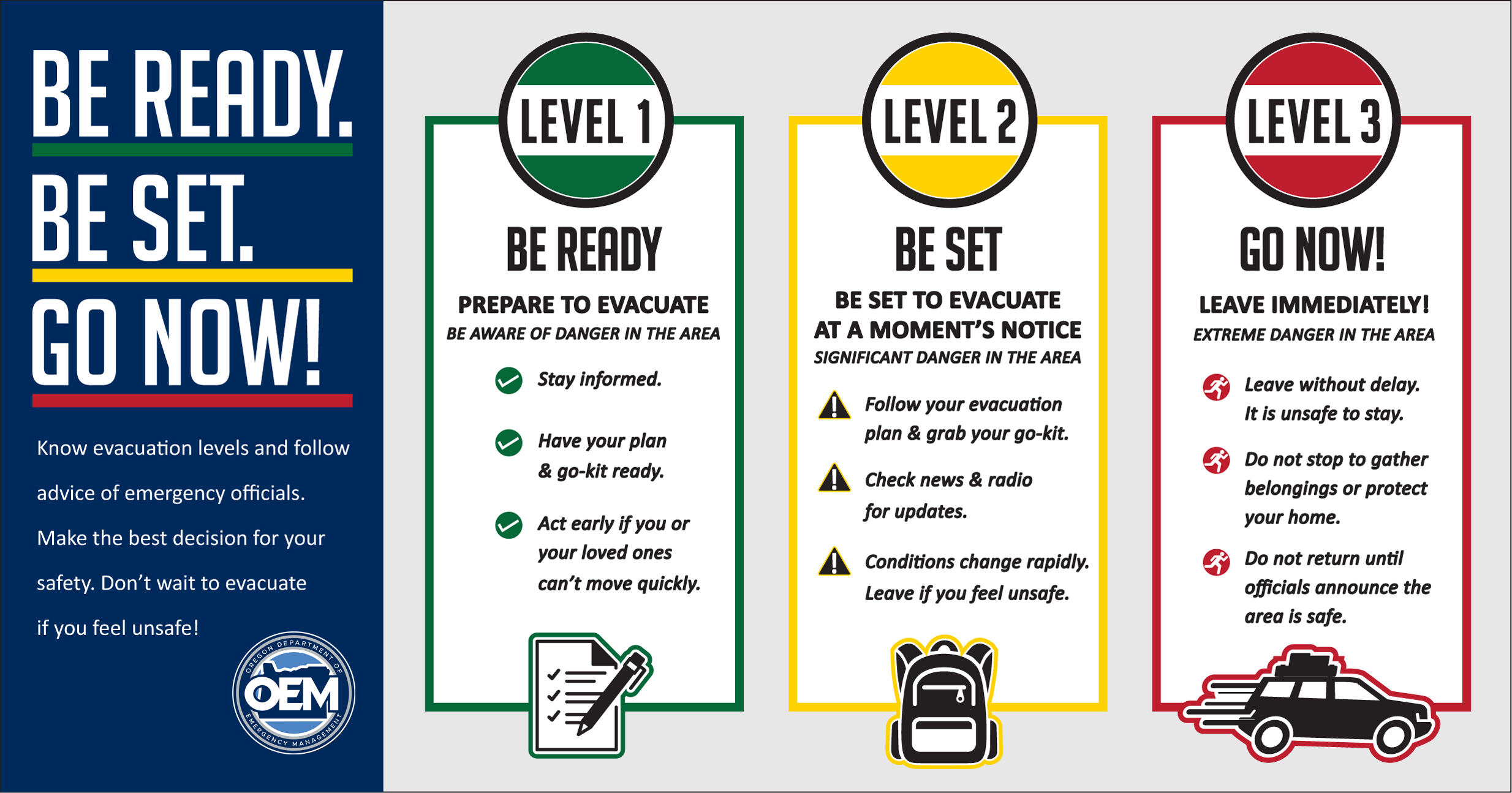Natural Hazards
Understanding The Richter Scale
Major earthquakes (7.0+) generate aftershocks that can occur hours to months following the initial disaster, gradually decreasing in intensity and frequency overtime. These initial aftershocks can cause additional tsunami activity in the wake of the original catastrophe. It is important to remain alert and prepared for these initial aftershocks for several months following the original disaster.
An earthquake and resulting tsunami will likely trigger secondary hazards. These secondary hazards include soil liquefaction, landslides, avalanches, fires, flooding, and water contamination, among others. Click on the secondary hazards above to and learn more about them in their own right.
Oregon experiences two kinds of tsunamis:
- Distant Tsunamis are caused by earthquakes or eruptions far away in the Pacific Ocean. Distant earthquakes of an 8.0+ magnitude are likely to generate dangerous distant tsunamis , though smaller earthquakes can still cause dangerous waves and damage. Distant tsunamis will take hours to arrive in Oregon and will only directly impact the coast.
- Local Tsunamis are tsunamis caused by major earthquake activity along the Cascadia Subduction Zone (CSZ). The CSZ is a tectonic fault line that runs 70-100 miles off the shore of the Pacific Northwest. A tsunami caused by the CSZ is commonly referred to as “The Big One”. They occur irregularly every 200-800 years, most recently in 1700. Local tsunamis are the more dangerous of the two and will impact the entire PNW region.
The Cascadia Subduction Zone
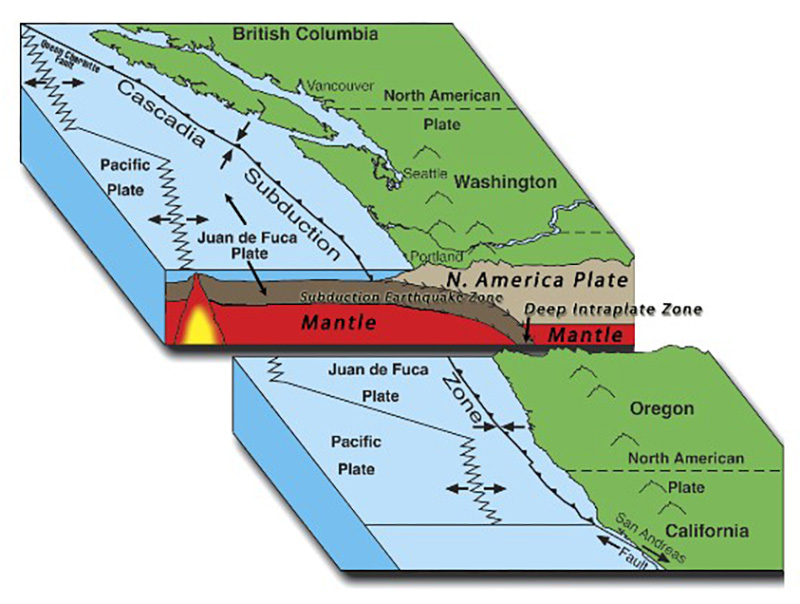
Major earthquakes (7.0+) along the Cascadia Subduction Zone pose the most dangerous tsunami threat in Oregon. With the last one occurring about 320 years ago, scientists predict that there is roughly a 37% chance of another CSZ earthquake happening in the next 50 years. An event like this would significantly damage the region’s infrastructure and upturn life in communities along the coast and far beyond. Despite how intimidating this may sound, “The Big One” is a survivable event. If you are out of the tsunami inundation zones and adhere to your personal and local safety plans, you are far more likely to have to weather the tsunami than to be swept up in it. Surviving in its aftermath is up to you and that is contingent on how well you prepare.
Want to learn more about the Cascadia Subduction Zone and PNW Tsunami Hazards? Check out these resources!
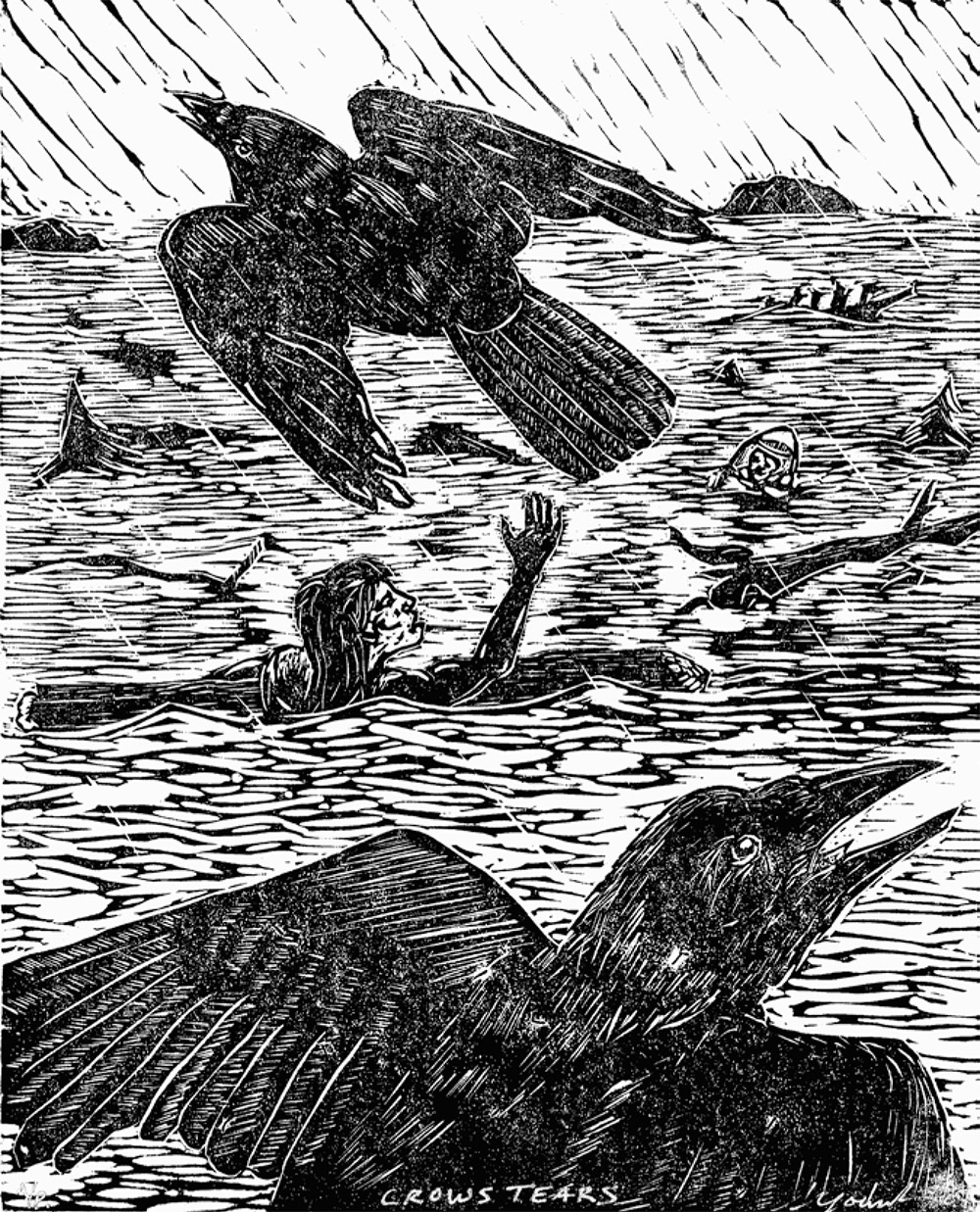
Figure 4 – Crow Tears, Shirod Younker
Did You Know…
Members of Native Coastal Tribes from Northern California to Southern Canada survived the most recent CSZ and lived to tell the tale. Though countless lives were lost, the survivors’ oral histories prove that this kind of event is survivable, even without modern infrastructure, technology, and communication networks. Their stories are a beacon of hope for our communities’ ability to persevere through even the most catastrophic of disasters.
Check out the resources below to learn more about the Indigenous oral history of local earthquakes and tsunamis.
-
- “Thunderbird and the Orphan Tsunami: Cascadia 1700” from the Scientific American
- “Dating the 1700 Cascadia Earthquake: Great Coastal Earthquakes in Native Stories” from the Seismological Research Letters
- “Tectonic History and Cultural Memory: Catastrophe and Restoration on the Oregon Coast” from the Oregon Historical Society
Tsunami and Evacuation Alerts
The local tsunami sirens are tested on the last Friday of every month at 11 am. The test tone is a long steady sound that lasts a minute, followed by a shorter tone signifying the all clear.
A wailing siren going from low to high pitch indicates a real tsunami alert. If you hear this, immediately get to higher ground. Learn more about the local tsunami siren at www.ci.florence.or.us/community/siren-protocolsTsunami Alerts are issued by the National Oceanic and Atmospheric Administration (NOAA) and then shared with registered devices and warning systems around the nation. Familiarize yourself with the different alerts and be ready to take the subsequent action(s).
If you hear the tsunami siren go off at any time other than 11 am on the last Friday of the month, you should assume it is a real alert and act accordingly. Please note that only distant earthquakes will allow for enough time to trigger onshore tsunami warning systems. The local CSZ earthquake will take only minutes to arrive on the Oregon Coast and your biggest warning will be the shaking. If you feel any shaking while near a body of water, evacuate to higher ground immediately.
Figure 5 – Tsunami Alerts Explained, NOAA
In addition to tsunami alerts, you may receive evacuation alerts. Evacuation alerts may be issued for other hazards (such as wildfires) and are not tsunami specific. There are 3 levels of evacuation alerts. You should know what each one means and act accordingly. If a level 3 “GO NOW” alert is issued, it will be the last notice you receive.
If evacuation becomes necessary, you should already have a go-bag prepped and accessible. DO NOT stop to gather personal items or make efforts to protect your property. Learn more about creating an evacuation go-bag and emergency kit on WLEOG’s Preparing for an Emergency page.
Figure 6 – Evacuation Levels, Oregon Emergency Management
Plan your tsunami evacuation route with this tool!
-
- Visit https://nvs.nanoos.org/TsunamiEvac
- Enter your address into the “enter address” box
- Click “get location”
If your home is within the inundation zone, the map will show you the most direct way to reach the safe zone and tell you how quickly you must walk in order to get there safely.
Repeat this process with your work address, school address, and other frequented places.
Preparing for a Tsunami
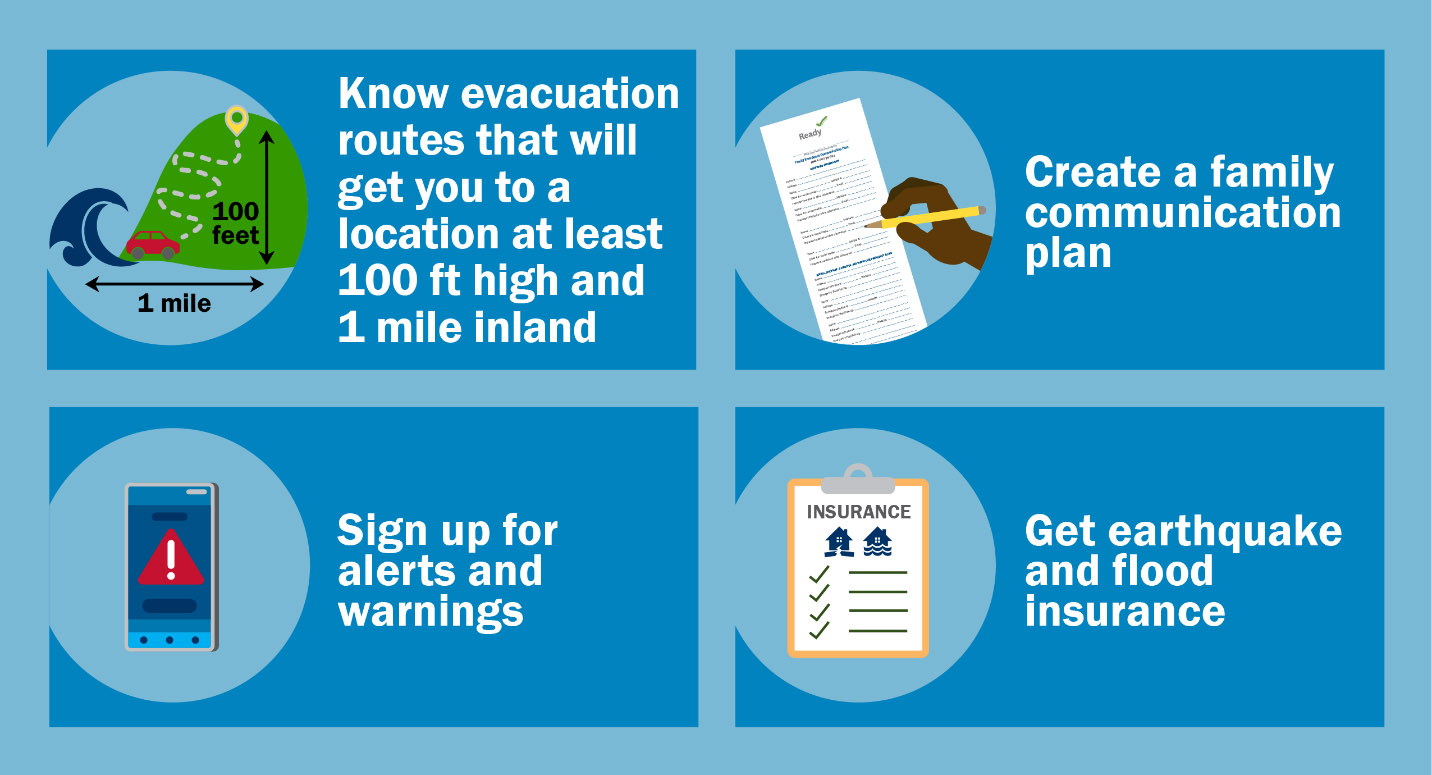
Figure 7 – Tsunami Safety, FEMA
Preparing for a tsunami can be intimidating, but it doesn’t have to be! Most things you need to do to prepare for a tsunami are the same as preparing for other hazards. Visit our Preparing for an Emergency page to learn more general preparedness tips.
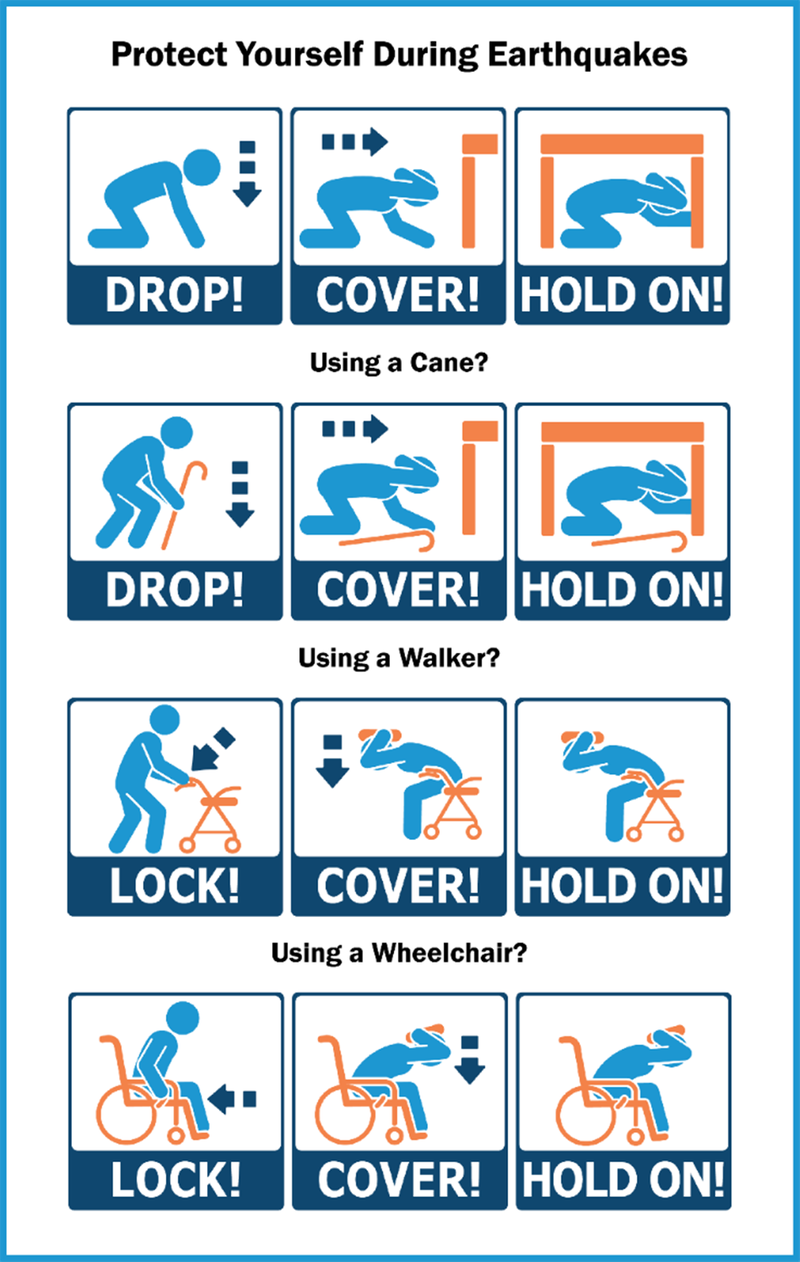
Figure 8 – How to Protect Yourself During and Earthquake, FEMA
Earthquake Safety Information and Tsunami Preparedness Tips:
-
- Identify safe places to take cover during an earthquake (sturdy furniture clear from potentially dangerous falling objects) in your home, work, school, and other frequented locations
- Practice getting into those safe places with your household and pets
- Secure items that could fall during an earthquake by fastening large furniture to the walls and installing cabinet locks
- Learn the signs of a potential tsunami and familiarize yourself with your local inundation zones and assembly areas
- Have both an emergency kit and go bag prepped and ready
- Have evacuation and communication plans that outline where you will meet if you get separated and designate someone residing outside of the area as the point of contact for communication among your household. This person will facilitate communication amongst your household if you get separated and act as the central contact for worried relatives. Therefore, it is important that your far-away relatives are also familiar with your communication plan.
Want more information on tsunami-specific preparedness? Visit These Websites:
During and After Safety Tips
How to tell if a tsunami is coming:
-
- Strong ground shaking (earthquake)
- Unusually loud ocean roar
- Rapidly receding and exceptionally low tide that exposes the ocean floor
What you should do if you feel an earthquake depends on where you are:
-
- If you are indoors, drop and take cover under sturdy furniture. Hold onto the furniture and stay clear of items that could potentially fall or shatter on you. Stay put until the shaking stops.
- If you are outside, move away from any body of water inland to higher ground as quickly as possible. Be aware of unstable slopes, falling rocks, and trees.
- If you are driving, remove your car from the normal traffic pattern safely. Stay away from structures and objects that could fall, such as bridges, powerlines, trees, overpasses, or light posts. Stay in your car unless unsafe to do so.
Should I evacuate or shelter in place?
The decision to evacuate or to shelter in place during a tsunami can be a daunting one, but being well-informed makes it a lot easier. Ask yourself:
Am I out of the tsunami inundation zone? (click here to see local inundation zone maps)
If the answer is yes, you probably should shelter in place. Listen to local officials for further instruction. Use critical thinking and your emergency plan to decide if evacuation becomes necessary. Leave and reach out to first responders, family, or neighbors if your home is or becomes unsafe.
If the answer is no, you should evacuate immediately inland to higher ground. If you have a household evacuation plan, move swiftly towards your designated evacuation spot as outlined. If you do not have an evacuation plan, head to the closest assembly area based on the inundation zone map.
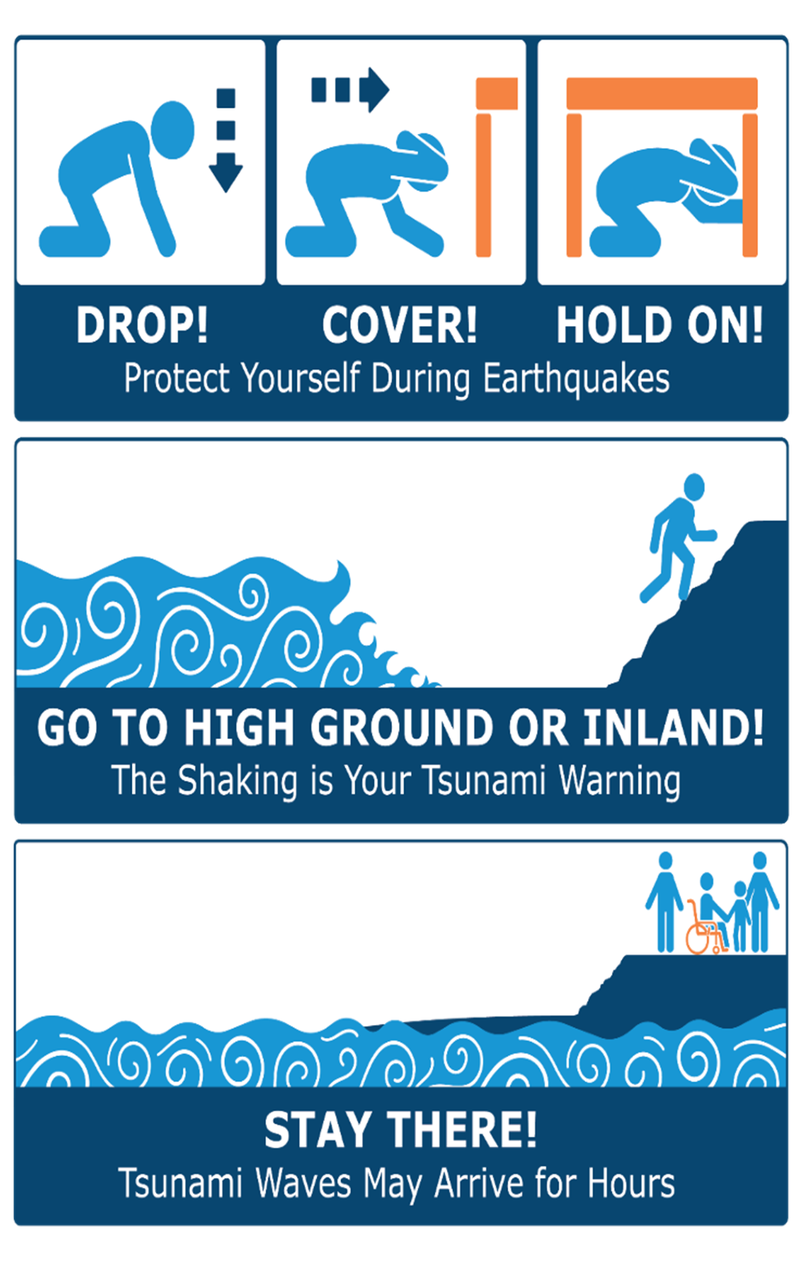
Figure 9 – What to do During a Tsunami, Tsunami Zone
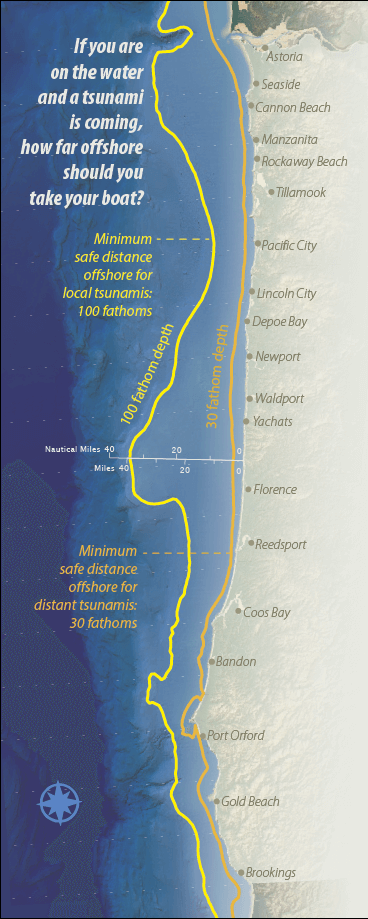
Figure 10 – Map Showing Safe Offshore Zones, NOAA
Florence Assembly Areas (North to South)
- Jerry’s Place Bar and Gril, Rhododendron Drive
- Parking Lot at intersection of Heceta Beach Rd. and Highway 101
- Fred Meyer, 46th St. and Highway 101
- Grocery Outlet, 21st St. and Highway 101
- Green Trees Club House, Rhododendron Dr. and Center Rd.
- Miller Park, 18th St.
- Three Rivers Casino Resort, N on OR-126 E
- Florence Events Center, Quince St. and 6th St.
After the initial tsunami has past, it’s important that you continue to take the proper precautions, follow your preparedness plan, and pay attention to updates and directions from local authorities. There may be earthquake aftershocks that could generate another tsunami. The RedCross recommends that you:
- Wait to return home until local officials tell you it is safe to do so.
- Be prepared for potential secondary hazards, like landslides, contaminated water, mudflows, and damaged infrastructure.
- Communication lines will likely be strained, so please only make calls if you require emergency services. Rely on texts for non-emergency communications if able.
- Stay out of flooded buildings until they are confirmed to be structurally sound.
- Do not light matches, turn on lights, or use appliances inside until the building is confirmed to have no gas leaks or flammable liquid spills.
- Do not use contaminated water. Follow directions from local officials on water sanitation and usage.
- Place a HELP sign in your window if you need assistance.
Boaters, visit these websites to learn about maritime safety during and after a tsunami
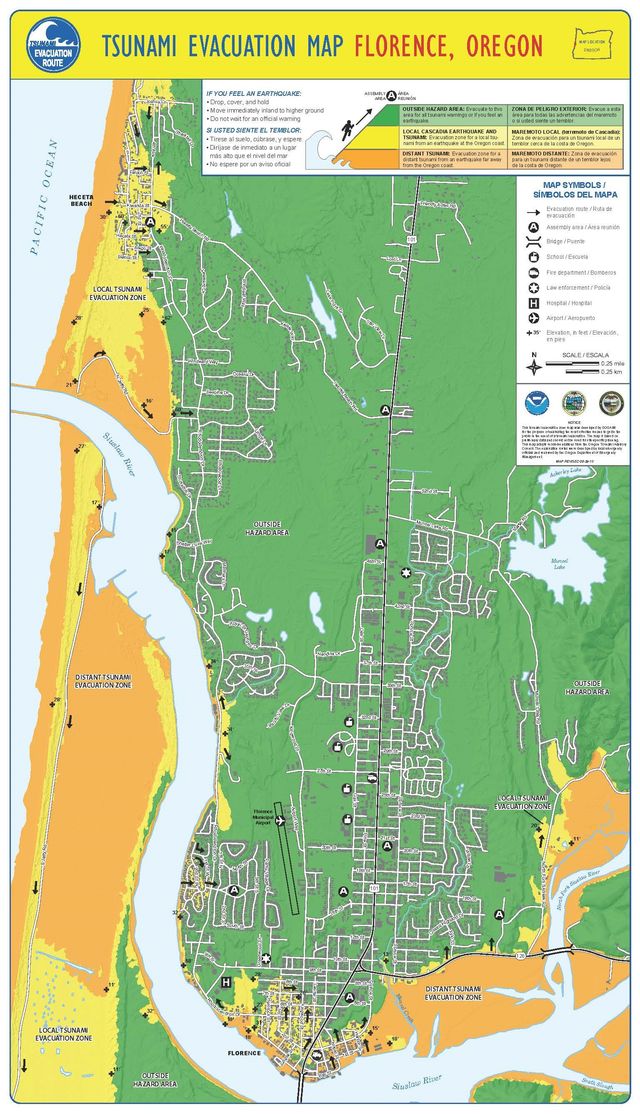
Figure 11 – Tsunami Inundation Zone Florence Oregon, Oregon Department of Emergency Management
Tsunami Inundation Zone Maps
To view statewide tsunami inundation zones and see real-time watches, warnings, or advisories in Oregon and Washington, view the Northwest Association of Networked Ocean Observing Systems’ (NANOOS) live map.


